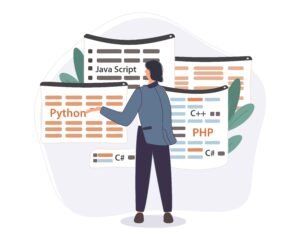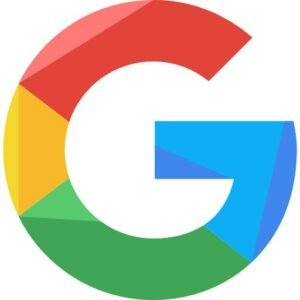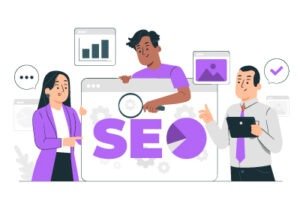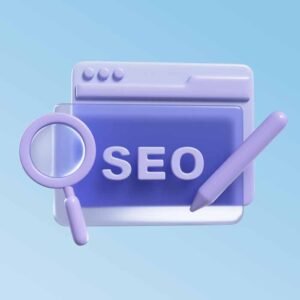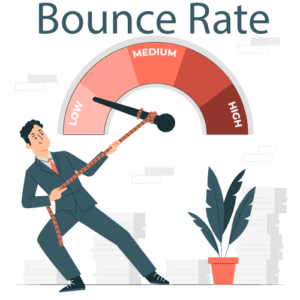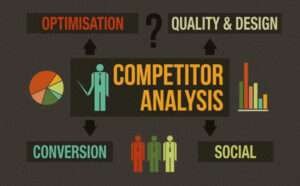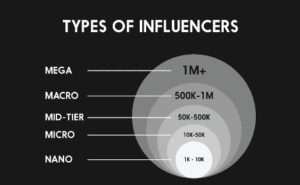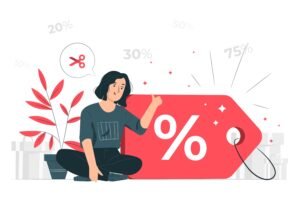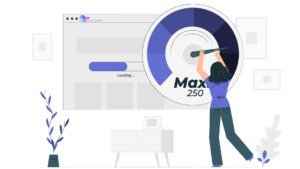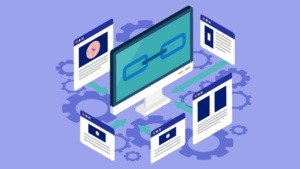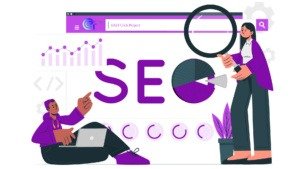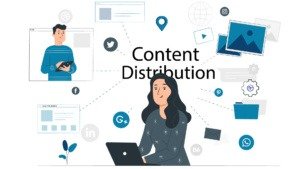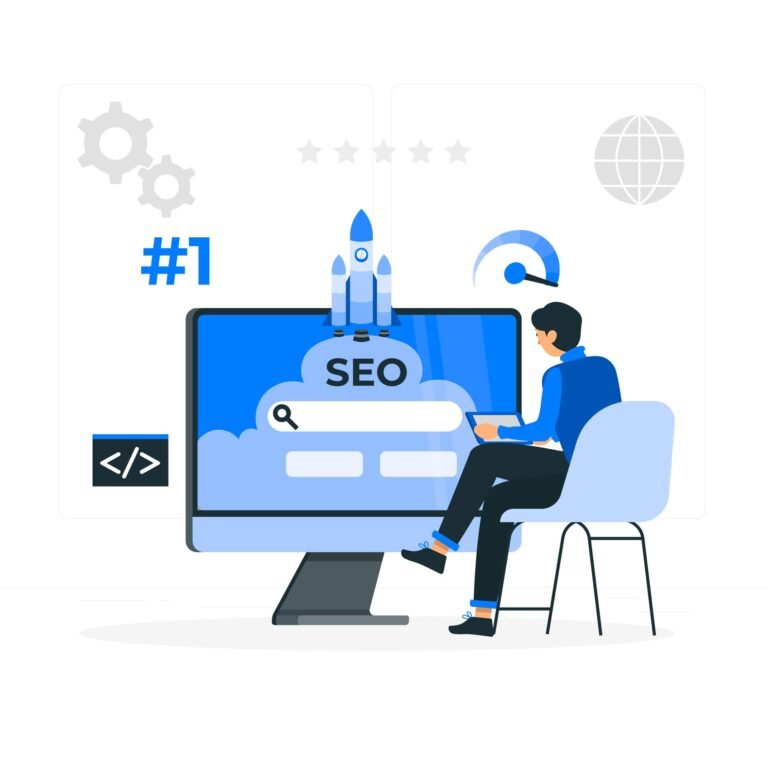
SEO (Search Engine Optimization)
Nature and Purpose:
SEO is a strategic process focused on enhancing a website’s visibility in organic (non-paid) search engine results. It involves optimizing various elements of a website, including content, structure, and technical aspects, to improve its ranking on search engine results pages (SERPs). SEO aims to increase a website’s relevance and authority, thereby boosting its chances of appearing higher in search results for relevant queries.
Cost Structure:
SEO is generally considered a long-term investment. While there are no direct costs per click, significant expenses can arise from hiring SEO experts or agencies, creating high-quality content, and investing in technical optimizations. The costs associated with SEO can vary based on the complexity of the project, the competitiveness of the industry, and the level of expertise required.
Time to See Results:
One of the notable aspects of SEO is its gradual nature. Unlike PPC, which can yield immediate results, SEO takes time to show tangible outcomes. Climbing the search rankings is a slow process that involves consistent effort and patience. Typically, it can take several months to start seeing noticeable improvements in rankings and traffic.
Visibility and Credibility:
Achieving a high organic ranking on search engines significantly enhances visibility and credibility. Users tend to trust organic search results more than paid ads, perceiving them as more relevant and trustworthy. A top-ranking website is often seen as an authority in its field, which can positively impact brand perception and user trust.
Sustainability:
Once a website achieves high rankings through effective SEO, maintaining these rankings can be less costly compared to the ongoing expenses of PPC. Although SEO requires continuous effort to stay ahead of competitors and adapt to changing algorithms, the overall cost tends to be lower in the long run compared to sustained PPC spending.
Click Costs:
Unlike PPC, SEO does not incur costs per click. The goal is to earn organic clicks through improved search visibility. Once a website ranks well, users can click on the site’s links without any direct cost, making SEO a cost-effective approach to driving traffic over time.
Key Components of SEO:
- Keyword Research: Identifying the terms and phrases users search for to ensure the website’s content aligns with these queries.
- On-Page Optimization: Adjusting elements on the website, such as title tags, meta descriptions, headers, and content, to make them more relevant to target keywords.
- Technical SEO: Enhancing the website’s backend, including improving site speed, mobile-friendliness, and fixing crawl errors to ensure search engines can index and rank the site effectively.
- Content Creation: Developing high-quality, engaging, and relevant content that addresses user needs and search intent.
- Link Building: Acquiring backlinks from reputable sources to boost the website’s authority and credibility.
PPC (Pay-Per-Click)
Nature and Purpose:
PPC is an online advertising model where advertisers place paid ads on search engine results pages, social media platforms, and other websites. Advertisers pay each time their ad is clicked, making it a performance-based model. PPC allows for immediate visibility and can be an effective way to drive targeted traffic quickly.
Cost Structure:
PPC involves direct costs associated with each click on an ad. The cost per click (CPC) can vary widely depending on factors such as competition for keywords, the industry, and the quality of the ad. Advertisers set a maximum bid for each keyword or placement, and the final CPC is determined through an auction process.
Time to See Results:
One of the primary advantages of PPC is its immediacy. Ads start appearing as soon as the campaign is launched, providing instant visibility and potential traffic. This immediate effect makes PPC a valuable tool for generating quick results and testing different marketing strategies.
Visibility and Credibility:
PPC offers prominent placement on search engine results pages and other platforms, ensuring high visibility for the advertised products or services. However, while PPC ads are clearly labeled as sponsored content, some users may view them with less trust compared to organic search results. Despite this, PPC can effectively drive traffic and generate leads when executed correctly.
Sustainability:
PPC requires ongoing budget allocation to maintain ad visibility. Once the budget is exhausted or the campaign is paused, the ads will no longer appear. This means that sustained traffic and visibility are directly tied to continuous spending.
Click Costs:
In a PPC model, advertisers pay for each click on their ads, regardless of whether the click leads to a conversion. The cost per click can vary based on keyword competition, ad quality, and other factors. Effective management and optimization of PPC campaigns are crucial to ensuring a good return on investment (ROI).
Key Components of PPC:
- Campaign Setup: Creating and configuring ad campaigns, including selecting keywords, setting budgets, and defining target audiences.
- Ad Creation: Designing compelling ad copy and visuals to attract clicks and drive engagement.
- Bid Management: Adjusting bids and budgets to optimize ad placement and cost-efficiency.
- Targeting: Defining specific audience segments and targeting options to ensure ads reach the most relevant users.
- Performance Tracking: Monitoring key metrics such as click-through rate (CTR), conversion rate, and cost per acquisition (CPA) to assess and improve campaign performance.
Google Ads
Nature and Purpose:
Google Ads is a specific PPC advertising platform operated by Google. It allows advertisers to create and manage paid ad campaigns that appear on Google’s search engine results pages and across Google’s Display Network. Google Ads provides various tools and features to help advertisers reach their target audiences effectively.
Cost Structure:
Google Ads operates on a bidding system where advertisers set maximum bids for their keywords or placements. The actual cost per click (CPC) can vary based on competition, ad quality, and other factors. Advertisers have control over their budget and can adjust it based on campaign performance.
Time to See Results:
Similar to other PPC models, Google Ads provides immediate visibility once the campaign is live. Ads appear in prominent positions on search results pages and other Google properties, driving traffic to the advertiser’s website almost instantly.
Visibility and Credibility:
Google Ads ensures high visibility for ads, especially when users search for relevant keywords. Ads can appear at the top of search results or in prominent positions on the Display Network. However, as with other PPC models, the perception of credibility may differ from organic search results.
Sustainability:
Maintaining ad visibility on Google Ads requires continuous budget allocation. Advertisers need to manage their campaigns actively to ensure sustained performance and visibility. Adjustments to bids, budgets, and targeting options are necessary to optimize results and control costs.
Click Costs:
Advertisers pay for each click on their Google Ads, with costs influenced by factors such as competition and ad quality. Effective management of ad spend and optimization strategies are essential for maximizing ROI.
Key Components of Google Ads:
- Keyword Selection: Identifying and selecting relevant keywords to target in ad campaigns.
- Ad Creation: Crafting engaging ad copy and designing visuals for display ads.
- Bid Management: Setting and adjusting bids for keywords and placements to optimize performance.
- Targeting Options: Utilizing various targeting options, such as geographic, demographic, and behavioral targeting, to reach specific audience segments.
- Performance Monitoring: Tracking and analyzing campaign performance metrics to make data-driven decisions and improve results.
Summary
In summary, SEO, PPC, and Google Ads are distinct digital marketing approaches, each with its advantages and considerations. SEO focuses on improving organic search rankings through optimization efforts, offering long-term benefits and cost savings once high rankings are achieved. PPC, including platforms like Google Ads, provides immediate visibility and traffic through paid ads but requires ongoing spending to maintain ad placements. Google Ads is a specific PPC platform that allows advertisers to manage and optimize paid ad campaigns on Google’s network.
Choosing between SEO and PPC depends on various factors, including your marketing goals, budget, and strategy. SEO is ideal for building long-term, sustainable visibility, while PPC offers quick results and immediate traffic. A balanced approach, incorporating both SEO and PPC, can provide comprehensive coverage and maximize online visibility, depending on the specific needs and objectives of your business.




